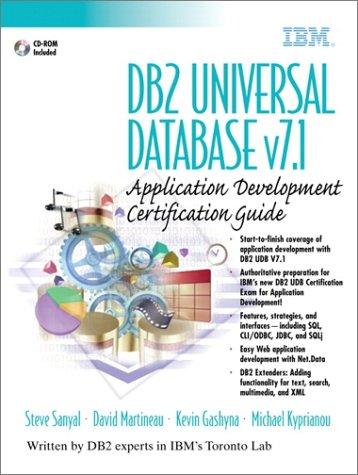
Exercise 3: Let F(x.y,z)-(y,-x,z). For each curve C: first, animate the curve using the PathAnimate3D and/or PathTangentAnimate3D commands. Then find the endpoints of the curve (specify which is the beginning and which is the end), and evaluate F.ds. a) C is the upper half of the unit circle in the xy-plane -- i.e. the half where yz0. Hint: All points in the xy-plane have the same z-value -what is it?] b) C is parametrized by fit-(cos t, -sin t, sin 4t), OsteT c) C is contained in both the plane y=0 and the parabolic sheetz=-1; it begins at x=1 and ends at x=-1 -1 d Cis parametrized by Rt t, e l cos 20 1 e l sin 201), 1st [Hint This is a hard integral to compute, even for a ne na ica. nstead otu 1m the command nteg cate in this part, use NIntegrate, which approximates the value of the integral. Notice that f(t) is not actually defined at the two endpoints, so you'll have to integrate from "close to -1" to "close to 1." Try integrating from -.99 to .99, then -.999 to .999, and so on, to see if the values approach something. Ask your TA about using limits to evaluate improper integrals if this doesn't seem familiar.] Exercise 3: Let F(x.y,z)-(y,-x,z). For each curve C: first, animate the curve using the PathAnimate3D and/or PathTangentAnimate3D commands. Then find the endpoints of the curve (specify which is the beginning and which is the end), and evaluate F.ds. a) C is the upper half of the unit circle in the xy-plane -- i.e. the half where yz0. Hint: All points in the xy-plane have the same z-value -what is it?] b) C is parametrized by fit-(cos t, -sin t, sin 4t), OsteT c) C is contained in both the plane y=0 and the parabolic sheetz=-1; it begins at x=1 and ends at x=-1 -1 d Cis parametrized by Rt t, e l cos 20 1 e l sin 201), 1st [Hint This is a hard integral to compute, even for a ne na ica. nstead otu 1m the command nteg cate in this part, use NIntegrate, which approximates the value of the integral. Notice that f(t) is not actually defined at the two endpoints, so you'll have to integrate from "close to -1" to "close to 1." Try integrating from -.99 to .99, then -.999 to .999, and so on, to see if the values approach something. Ask your TA about using limits to evaluate improper integrals if this doesn't seem familiar.]







